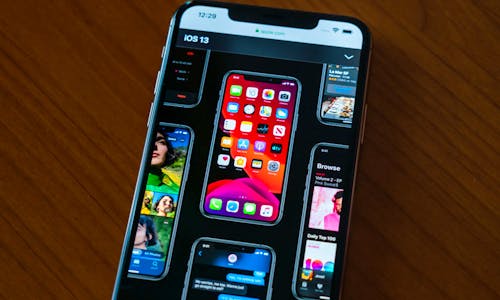The LG G5 packs a serious camera setup with two sensors, laser autofocus and more. Here’s our hands-on from the show floor at Mobile World Congress 2016.
The back of the G5 looks a little different to last year’s G4 and that’s primarily down to a pair of camera sensors, but they aren’t for stereoscopic 3D stills and video, they serve wholly different purposes.
Most of the time you’ll capture snaps using the main 16-megapixel sensor. It’s fast thanks in part to LG’s tried and tested laser autofocus system and photos pack plenty of detail, even when zooming in. It also doles out shots with attractive colours and contrast, proving its worth amidst the awkward lighting conditions of the Fira.
If you’d rather trade-off resolution for a wider field of view, then that’s where the G5’s second sensor comes into play. You can jump to a secondary 8-megapixel rear camera that boasts an impressively-wide 135 degree field of view. It still offers more than enough detail for most use cases and LG’s also done some interesting stuff that mixes the abilities of both sensors together.
The camera UI has icons at the top to switch between the two rear snappers, but there’s also Popout mode, which lays the main camera viewfinder over the wide-angle camera’s point of view. You can even apply filters to the background such as fisheye or blur to make a stylised snap, if that’s your bag. As well as an 8.0x digital zoom in, that secondary sensor also lets you zoom out by 0.5x, giving you the option to capture video at both standard and wide-angle views within the same piece of footage.
To round out the camera interface, LG has also improved sharing functionality with a swipe out drawer that gives you quick access to Bluetooth, email and social media sharing from within the viewfinder. A simple swipe is also all that’s required to jump from the rear to the front-facing camera.
If you want to get more out of the G5’s camera experience, one of the phone’s ‘Friends’, the LG Cam Plus is on hand. Leveraging the phone’s modular bay, you can trade out the standard battery pack for the Cam Plus, which packs an extended battery and physical camera controls into a full-featured camera grip. It doesn’t feel a million miles away from the camera grip case that Nokia launched alongside the Lumia 1020 and brings a similar level of functionality to the table.

Leave a Reply